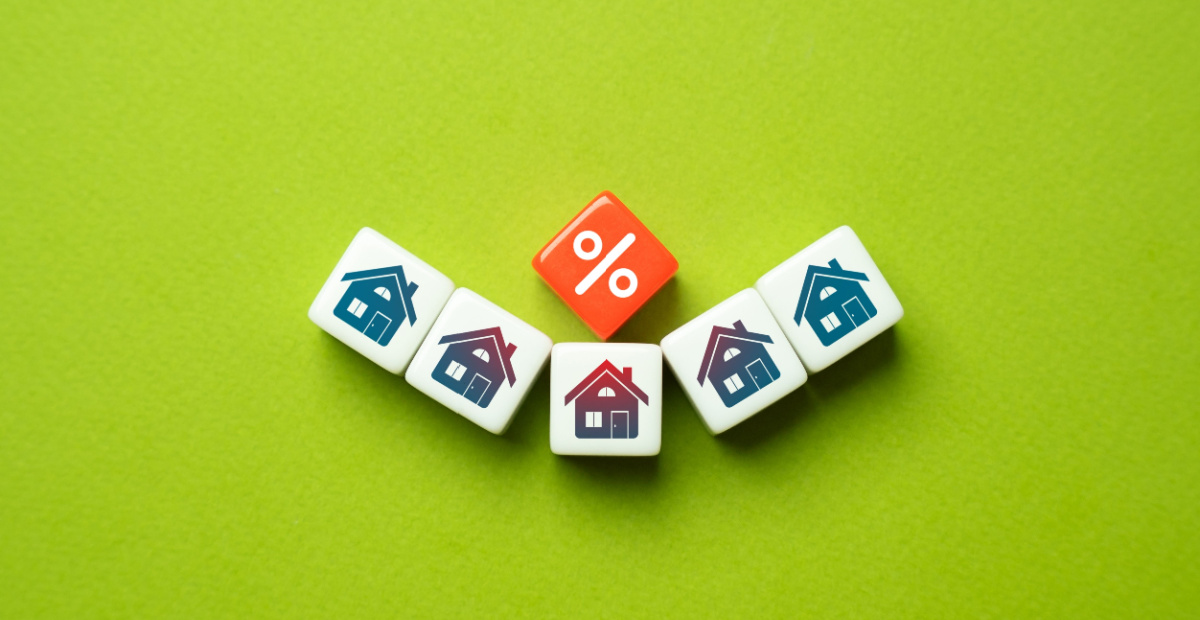Post-pandemic pressure sees housing affordability hit record lows

Persistent post-pandemic pressure has pushed housing affordability into dire territory as the burden of mortgages, deposit-saving and the share of income for rent continues to weigh on Australians at “unsustainable levels”, according to Cotality’s latest report.
Tracking housing affordability trends over the last five years, the report found three of four national metrics – price-to-income ratio, years required to save a deposit and the share of income needed for rent – have hit record highs in 2025 and now sit well above the 20-year average.
Approximately 45 per cent of Australians’ income is required to service a new mortgage (compared to an average of 34.1 per cent), it now takes 11 years to save for a 20 per cent deposit (compared to an average of 9.1 years and up from 10.6 years in 2024), and 33.4 per cent of Australians’ income is now dedicated to paying rent (compared to an average of 29.2 per cent and up from 32.7 per cent one year ago).
Houses also recorded a particularly sharp rise in unaffordability compared to units, with the median house value now 8.9 times the average income (up from 6.6 times five years ago).
“Australian home values have climbed roughly 47.3% since March 2020, an extraordinary rise that added about $280,000 to the median dwelling value,” Cotality Head of Research, Eliza Owen, said.
“This surge was fuelled by pandemic-era monetary stimulus and record-low interest rates that supercharged borrowing capacity and demand, even as housing supply lagged well behind household formation.
“Supply-side limitations have also compound these demand pressures with construction sector insolvencies, rising material costs, and planning bottlenecks restricted new housing delivery.
“In short, the past five years combined extraordinary demand drivers with supply constraints, creating an extraordinary boom in both home values and rents.”
The report also indicated that home buyers searching for reprieve from over-extended pricing in capital cities among regional areas will no longer find it, with the regional market close to matching the combined capital cities median dwelling value to income ratio, now at 8.1 and 8.2 respectively. In the last five years, the combined regions have seen a 72.2 per cent surge in the median dwelling value, compared to the 48.3 per cent rise seen for the combined capitals.
Sydney remains the most expensive capital city in terms of housing affordability, topping several of the national indicators including median dwelling value to income ratio (10.0), years to save a 20 per cent deposit (13.3) and portion of income required to service a new mortgage (54.5 per cent). The data showed Darwin and the Northern Territory were the most affordable capital city and regional market to purchase a home, with both the only areas to require less than 30 per cent of income to service a new mortgage.
“The data in this report makes one thing clear: sustainable housing affordability cannot be achieved by relying on short-term market corrections or cyclical downturns. While temporary declines in property values may offer brief relief, they are not a lasting solution,” the report said.
“Also notable in the data, is that we cannot rely that those priced out of expensive housing simply move to the ‘next most affordable market’. The experience of regional Australia, mid-sized capitals, and more recently Darwin, demonstrates that rising prices create a spillover of demand for markets that are relatively cheap for some buyers, spreading affordability challenges further afield. As demand shifts, prices and rents in these areas quickly catch up, eroding the advantage that once made them attractive alternatives.
“In 2026, affordability challenges are likely to persist. Establishing new housing supply has been challenging amid increased construction costs and limited capacity in the construction sector. On the demand side, there are some elements that may cool market conditions, such as the ongoing normalisation in overseas migration post-COVID, and the recent change in trajectory for the underlying cash rate.
“However, interest rates may move lower in 2026 depending on how inflation progresses, which presents a risk to re-fuelling demand. Even if growth slows, the underlying gap between housing values and incomes will persist unless meaningful reform is pursued.”











Horrific that this is even possible
This sounds like absolute BS and spin. Retail market seems fine to me
Here we go again. Calling Personal Advice ''á nudge''. Its one rule for Industry Super Fund & Labours Union mates,…
Arrogant Secretive Incompetent & Corrupt DIXONS = The perfect example of ASIC total failures and Canberra bury the investigation. Dixon’s…
This just further cements how clueless the Green Party is on basically all issues. Yes shield and first guardian but…